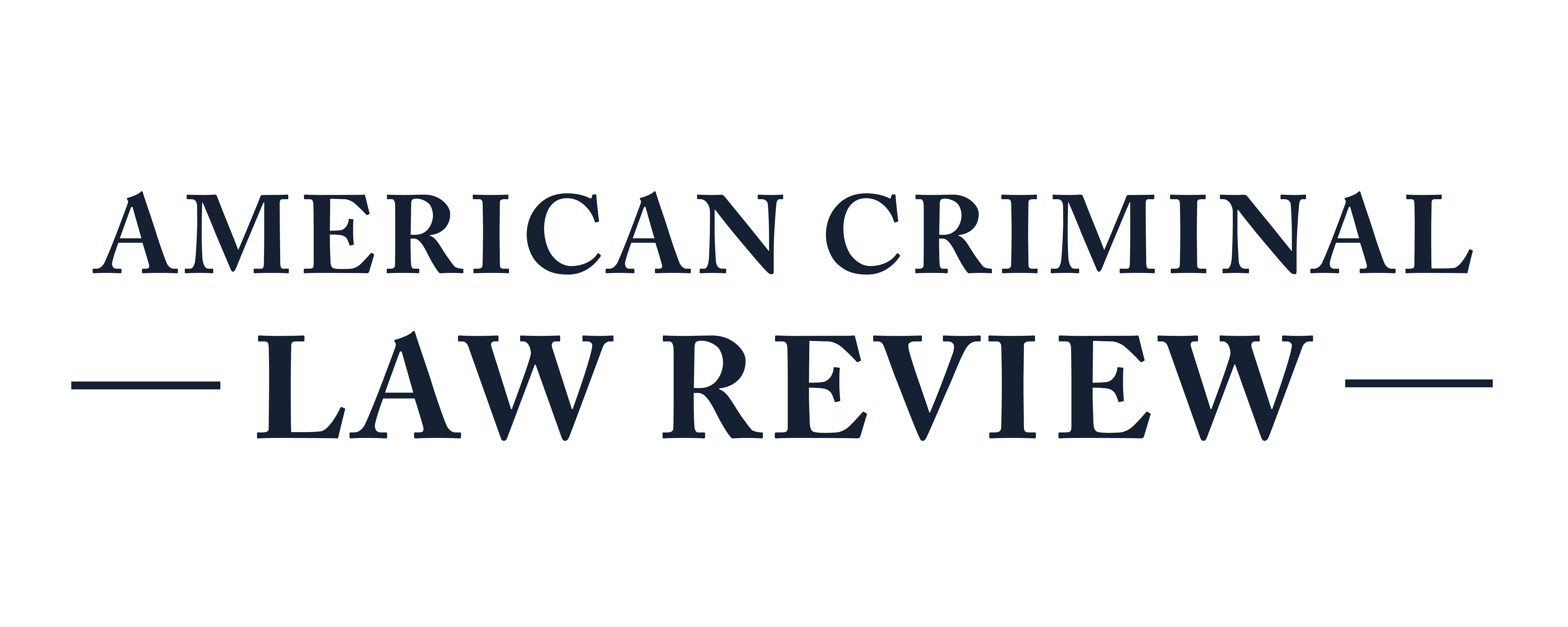Blurred Lines: The Potential for Partial Judges and Impartial Lawyers in Drug Courts
In 1989, the nation’s first drug court was established in Miami-Dade County, Florida. Not even thirty years later, more than three thousand drug courts operate across all fifty states and twenty-seven U.S. District Courts. This rapid growth can be at least partially attributed to effectiveness; drug courts are estimated to decrease the recidivism of nonviolent drug offenders by an average of eight to twenty-six percent, with the most effective drug courts doing the same by as much as thirty-five or forty percent. Coupled with the substantial cost savings associated with drug court programs—they produce a two hundred twenty-one percent return on investment for their respective jurisdictions, on average—and drug courts seem an unmitigated success.
Yet, even among this flurry of warranted praise, drug court programs impose costs of their own. Participants in drug courts, whether presentence or post-incarceration, waive many of their basic Constitutional rights. While a good deal of scholarly and judicial attention has been paid to the Establishment Clause, Fourth Amendment, and Due Process concerns raised by these waivers, perhaps no concern is as fundamental as the transformation of the adversarial process itself. While a program’s “team” structure allows it to function as a goal-oriented body aimed at recovery for individual participants, it also means that (aside from occurring in a courthouse) drug court programs actually have very little in common with traditional courts. This Note will seek to address two concerns that arise from this distinctive structure: first, that judges often struggle to remain impartial as part of drug court teams, and second, that defense attorneys have difficulty strike a balance between zealously representing their clients and working cooperatively with probation officers and prosecutors. A uniform act regulating drug courts can help mitigate both concerns by providing a clear set of ethical standards for judges and lawyers to abide by.
Subscribe to ACLR
